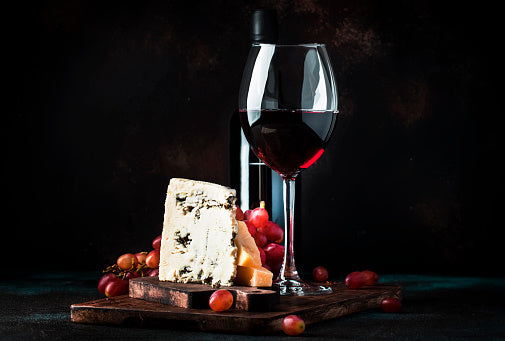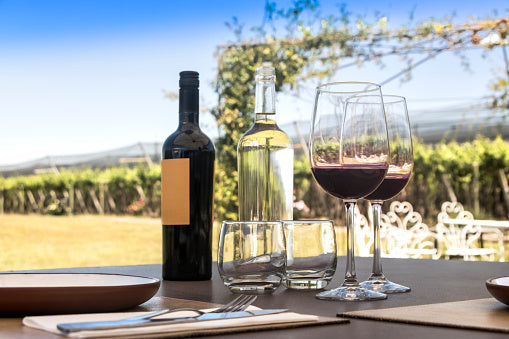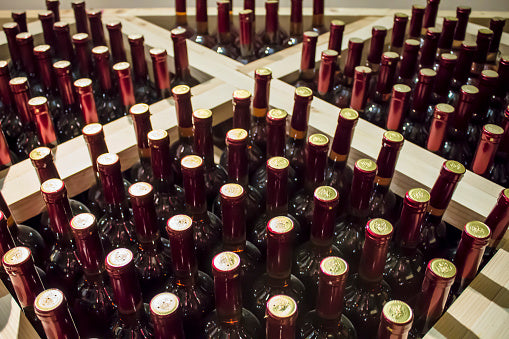SANGRIA IS NOT A SPANISH WINE. It is a beverage based on wine, but Spain has more to offer here than that. Spanish wine has a lot of amazing pacts (and inexpensive!) bottles for any night of the week. However, if you opt to pay a little extra and sample some of Spain's famous wines, you will be rewarded. If you primarily drink New World wines, say, from South America, California, or Australia lush Spanish wines are a terrific way to get a taste of the Old World. Today, let's learn about the major wine regions and most famous wines of Spain.
Spanish Wine Regions
We'd like to combine culture, geography, and climate to create a knowledge of Spain's wine regions because these are three extremely essential factors that shape wine regions. John Radford, a wine specialist, and writer divided Spain into seven primary regions based on the three criteria listed above. His segmentation, we feel, provides a fair knowledge of the realities of Spain's wine regions. However, this criteria is distinct from the approved wine regions that receive a stamp from the Spanish wine authorities: the DOs or denominations of origin system. The AOC system, which is used in France, is identical to this one.
Winery architecture and design, vineyard patterns, the colors and scents of the various soils and terroirs, local cuisine supply to match the wine, and, of course, the wine itself are all unique to each wine area in Spain.
Let’s list them down:
- Green Spain wine region
- Northern-Central Spain
- Central Spain-Old Castile
- Catalonia and Balearics
- Southern Mediterranean coast. Levante
- The Meseta. Madrid and Castilla La Mancha
- Andalusia and the canary islands
Spanish Wines
Many Spanish vineyards mature the wine for you, both in oak barrels and in bottles, which is one of the characteristics that makes Spanish wine unique. This means you can sample cellared wines that have matured to the point where they are at their best without having to invest in storage space at home. When you see the terms Joven, Crianza, Reserva, or Gran Reserva on a Spanish wine label, they refer to how long the wine has been aged: Gran Reservas have been cellared the longest, while a bottle with 'Joven' on the label hasn't spent nearly as much time at the winery.
Denominación de Origen Calificada is at the top of the Spanish wine quality pyramid (it has several abbreviations because of regional dialects: DOCa, DOC, or DOQ). Rioja and Priorat are the only two DOCs. Spain also has a special category for single estates called DO Pago.
Because Spain is a peninsula, the climate differs greatly from one place to the next. The majority of central Spain bakes in the summer sun and freezes in the winter. The mild maritime breezes and numerous rivers in the northwestern region, known as Galicia, have earned the region the nickname "Green Spain." The harsh, arid soil and howling winds in the south can be too much for most grapes. The Mediterranean to the west provides pleasant temperatures and refreshing breezes, while the Pyrenees on the French border prevent rain clouds from reaching the north-central region.
Top Spanish Wines
You've probably drank a bottle or two of Tempranillo if you've just started learning about Spanish wine. Tempranillo, also known as Tinto Fino, Tinto de Toro, Cencibel, Ull de Llebre, and Tinto del Pais, is the most widely planted red grape in Spain. Rioja and Ribera del Duero are the two most well-known Tempranillo-producing regions.
Rioja Gran Reserva
Rioja Gran Reserva is the peak of the Rioja appellation and is perhaps the most well-known of all Spanish red wines. These wines are usually made from Tempranillo and are aged for a total of five years before being released. The savory notes of leather and spice in Rioja Gran Reservas highlight the effect of wood-aging on wine.
Cava or Spanish Sparkling Wines
Cava is Spain's sparkling wine, manufactured mostly from the white wine varietals Macabeu, Parellada, Xarello, Pinot Noir, Chardonnay, and/or other grapes. Cava can be manufactured as a white or rosé sparkling wine, with the rosé Cavas being prepared with the saignée method, which involves separating the rosé wine from the red wine during primary fermentation. Rosé Cava can also be made with other Spanish red grapes, such as Garnacha.
While Cava wines may compete with French Champagne in terms of quality and flavor, they are typically far less expensive.
Juve Y Camps Cava Pinot Noir Brut Rosé is one of the top Spanish wines. Pinot Noir grapes are used to make this rose. This Cava is only $15 a bottle, yet Robert Parker gave it 91 points.
Albariño or Spanish White
Albariño is a fruity, fragrant white wine from Spain. It contains floral and citrus fruit flavors and aromas, as well as salinity and minerality, which provide intrigue.
You can sample a variety of excellent best $25 wine Spanish wines. If you're unsure, go to your local wine shop and ask for some ideas. You might be surprised at how delicious, and comparatively inexpensive, Spanish wines can be.




